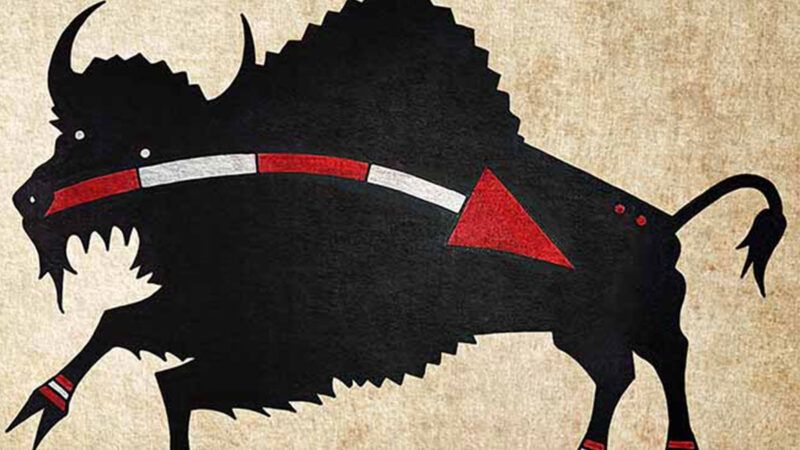Review: Ken Burns Explains the Anti–Native American Plot To Kill Bison
The American Buffalo documentary charts the fall and rise of American bison.

The population of bison, North America's signature charismatic mammal, went from around 60 million in 1800 to just 300 by the dawn of the 20th century. Therein lies one hell of a story, told startlingly well by Ken Burns in his two-part series The American Buffalo.
Burns, North America's signature documentarian, is famous for taking huge swings at mighty subjects: baseball, the Civil War, jazz, Vietnam, and so forth. But this time, by focusing more tightly on a smaller topic and using a lighter-than-usual interpretative touch, he lets viewers reach an infuriating conclusion on their own. This marvelous beast was hunted to extinction by the rapacious appetites of westward expansion and the Industrial Revolution, yes; but the genocide was also understood at the time as the sadly necessary cost of completing the permanent subjugation of Native Americans.
Slaughtering America's emblematic native species, future president Teddy Roosevelt wrote in his 1885 book Hunting Trips of a Ranchman, was "the only way of solving the Indian question," forcing them to "at least partially abandon their savage mode of life." For the wide-ranging Indians of the vast American plains, buffalo were the central source of food, shelter, tools, and even religion. Both human and animal populations were considered an obstacle to settlers ravenous for land, safe passage, and right of way.
In less skilled hands, such raw material would make for screechy polemics. Burns instead structures the two-part series to portray a murderous decline followed by a nearly redemptive rise. Roosevelt and other characters who took an active role in bison's near-extinction then turned around and became key to the animal's nearly miraculous rejuvenation. (There are more than 360,000 bison now.) Most movingly, Burns gives Native Americans their proper role in telling this story, deepening the tragedy yet underscoring their fundamental Americanness.


Show Comments (49)